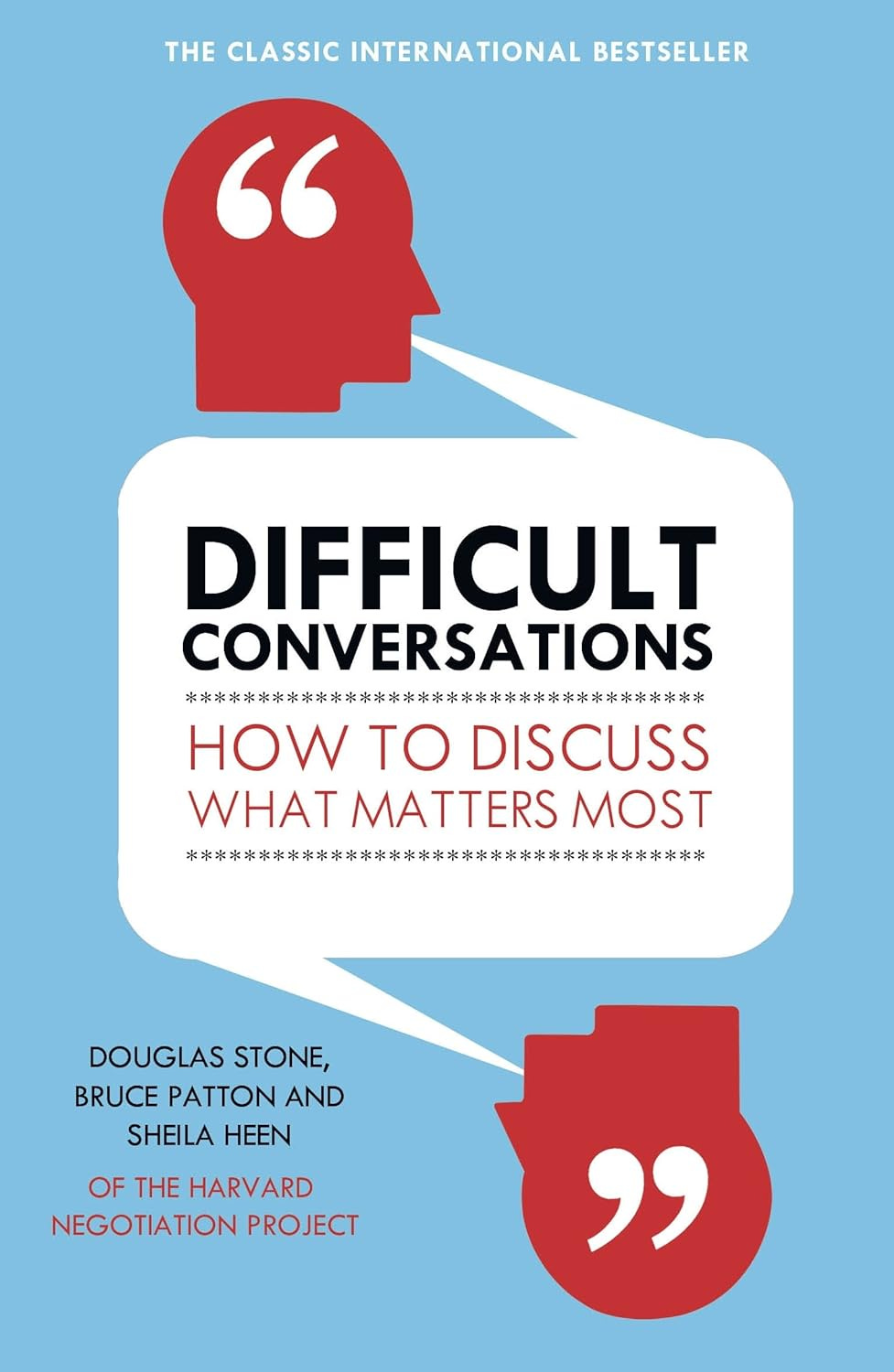Well, most of us tend to avoid difficult conversations for various reasons - ranging from peace of mind to not hurting others/being hurt by others. But here is the ultimate truth: it all comes back biting you (10X size), if you avoid such conversations for too long and sit on them.
So how do you handle them? Well, the first step is to understand the different underlying layers of these conversations and how can you tackle them without raising the room’s blood pressure.
Difficult conversations are almost never about getting the facts right. They are about conflicting perceptions, interpretations, and values
Sharing atomic ideas from the book Difficult Conversations: How to Discuss What Matters Most
The book highlights that every difficult conversation has three underlying layers that need to be addressed for a productive discussion.
Here's a breakdown of these layers and how to approach them:
The "What Happened" Conversation (Facts and Blame):
This focuses on the disagreement about what transpired, who's to blame, and what should have happened.
The single most important thing you can do is to shift your internal stance from 'I understand' to 'Help me understand’.
How to Handle: Focus on understanding each other's perspectives. Avoid accusations and blaming. Ask clarifying questions and paraphrase what you hear to confirm understanding.
Keep reading with a 7-day free trial
Subscribe to NBW: Startups, AI and Audiobooks to keep reading this post and get 7 days of free access to the full post archives.





